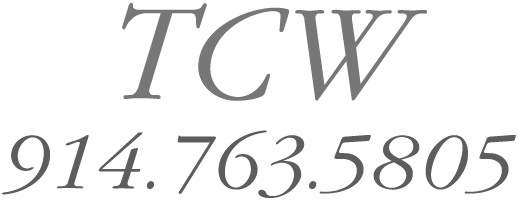Lectures/Workshops/Surveys
Lectures
In addition to conservation treatments at the Workshop, TCW conservators travel to historic sites throughout the region to offer educational lectures. These activities are aimed at enlightening the general public and training museum staff and volunteers.
Lecture topics include: General Conservation of Textiles, Textiles in the Historic House, Archival Storage of Textiles, Conservation of Historic Samplers, Conservation of Historic Wedding Dresses. Lectures are accompanied by powerpoint visuals, which highlight objects that have received conservation treatment at TCW. At these gatherings, we welcome question-and-answer sessions, and more specific inquiries about privately-owned objects or pieces from the collection of the host museum.
For further information about scheduling and honoraria, contact: Meredith Wilcox-Levine, Field Services Director, Textile Conservation Workshop (914 763-5805).
Care of textiles in the Historic House are demonstrated in the lecture.
Well-designed storage space, behind the scenes at Old Economy Village Ambridge, PA.
Instructing proper rolling of flat textiles
Textiles properly rolled, boxed and labeled for storage
Workshops
On location Workshops are arranged in partnership with local historic sites and networking organizations within the cultural community. The goal is to advance professional standards and practices. These Workshops held at host institutions include demonstrations of proper care and handling of the full range of furnishing textiles, methods for upgrading storage such as rolling and boxing, and housekeeping in an historic space. The objective is to create organized management that keeps objects safe in both behind-the-scenes storage as well as public exhibit areas. These practical, hands-on collections care sessions can extend the life of textiles, precluding the need for future treatment.
Public exhibit area Epirotic Folkloric Museum, Astoria NY
John Jay Homestead, a local historic house museum that has engaged a community of outside, contracted textile experts.
Surveys
A survey is often a useful step in defining areas of concern and targeting new projects, as a museum grows and professionalizes. A general survey is conducted by a conservator who comes on-site and makes a broad evaluation of the institution's needs for their textile collection. This type of survey is intended to offer practical suggestions for improving museum storage and exhibit spaces and can encompass suggestions on all aspects of collections management. A conservator may examine the temperature, relative humidity, pollution and light levels, housekeeping practices, approaches to pest control and fire suppression, security and disaster preparedness. The site visit includes interviews with relevant staff and is followed up with a written report which makes recommendations for prioritizing improvements in general care for the collection. A more specific object-by-object survey approach is suitable for museums concentrating on a discreet collection and wishing to establish treatment priorities for individual textiles. This survey culminates with proposed treatment reports and cost estimates for the eventual conservation of selected items. Both kinds of surveys can provide a professional fund raising tool.












